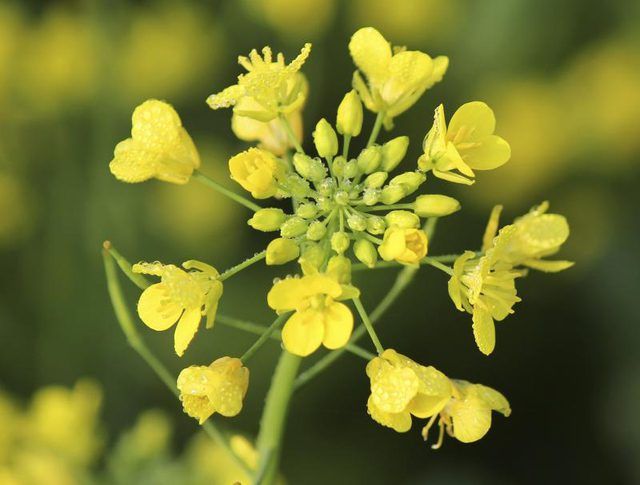Bulbs
Flower Basics
Flower Beds & Specialty Gardens
Flower Garden
Garden Furniture
Garden Gnomes
Garden Seeds
Garden Sheds
Garden Statues
Garden Tools & Supplies
Gardening Basics
Green & Organic
Groundcovers & Vines
Growing Annuals
Growing Basil
Growing Beans
Growing Berries
Growing Blueberries
Growing Cactus
Growing Corn
Growing Cotton
Growing Edibles
Growing Flowers
Growing Garlic
Growing Grapes
Growing Grass
Growing Herbs
Growing Jasmine
Growing Mint
Growing Mushrooms
Orchids
Growing Peanuts
Growing Perennials
Growing Plants
Growing Rosemary
Growing Roses
Growing Strawberries
Growing Sunflowers
Growing Thyme
Growing Tomatoes
Growing Tulips
Growing Vegetables
Herb Basics
Herb Garden
Indoor Growing
Landscaping Basics
Landscaping Patios
Landscaping Plants
Landscaping Shrubs
Landscaping Trees
Landscaping Walks & Pathways
Lawn Basics
Lawn Maintenance
Lawn Mowers
Lawn Ornaments
Lawn Planting
Lawn Tools
Outdoor Growing
Overall Landscape Planning
Pests, Weeds & Problems
Plant Basics
Rock Garden
Rose Garden
Shrubs
Soil
Specialty Gardens
Trees
Vegetable Garden
Yard Maintenance
How to Germinate Mustard Seeds
How to Germinate Mustard Seeds. Mustard (*Brassica spp.*) is a cool-season crop in the cabbage family (*Cruciferae spp.*). While the tender young leaves are harvested as a vegetable and salad green, the seeds are used as spice. Mustard seed is used in various world cuisines to lend pungent flavor to curries, culinary oils and condiments, including...

Mustard (Brassica spp.) is a cool-season crop in the cabbage family (Cruciferae spp.). While the tender young leaves are harvested as a vegetable and salad green, the seeds are used as spice. Mustard seed is used in various world cuisines to lend pungent flavor to curries, culinary oils and condiments, including prepared mustard. Growing mustard at home from seed is simple; the first step is successful germination.
Germinating in Containers
If you start mustard seeds in containers, use quality potting mix as the growing medium. Scatter a handful of seeds over the surface and cover lightly with additional potting mix and just enough water to evenly moisten soil. Place containers in a warm place indoors or in a greenhouse and keep evenly moist until germination occurs in four to seven days.
Sowing Outdoors
You can sow mustard seeds directly into the garden four to six weeks before your last frost date in spring. Soil should be organically rich and well-drained** with a pH of 5.5 to 6.8 and have a temperature of 40 degrees Fahrenheit or more, or germination will be slow. If the soil needs enhancement, work 1 to 2 pounds of granular 5-10-10 fertilizer into the top 3 inches of soil for every 100 square feet of row. Sow seed 1/8 to 1/2 inch deep and 15 inches apart. In U.S. Department of Agriculture plant hardiness zone 8 and above, mustard can be seeded in September or October as a winter crop. In USDA zone 4 and below, seed in July.
Common Problems
One of the most common causes of germination failure is overwatering, which results in rotting seeds. Seeds need sufficient warmth to germinate but not extreme heat or direct sunlight, which can prevent germination or kill seedlings off almost as soon as they appear. Other factors that hinder germination include planting seeds too deeply or in heavy, clay soil.
Mustard Varieties
There are different varieties of mustard seed. The mildest in flavor is white mustard (Brassica alba), which is typically used in relishes and pickling seasoning. Brown mustard seed (Brassica juncea) is the most pungent and is used in Dijon style and Chinese hot mustards and is the kind germinated for greens. The moderately spicy black mustard seed (Brassica nigra) is used in Indian cuisine.
Seed Sources
You can purchase mustard seeds from a local nursery or an online vendor, but the Mother Nature Network notes that these are no different that the whole seeds found in the spice isle at the grocery store. Thereís no guarantee, though, that store-bought seeds will germinate because the expiration date on the jar doesnít tell you how long the seeds sat in a warehouse or on the shelf at the store. Test a few to see if they sprout. If they donít, make mustard.